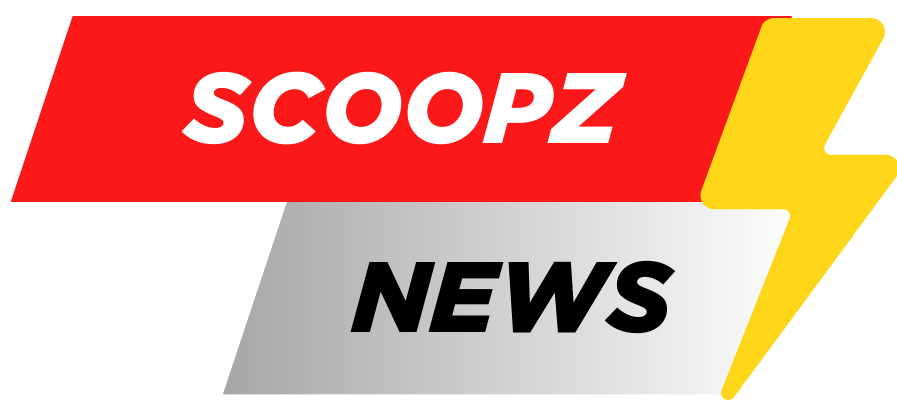Jensen Huang, co-founder and CEO of Nvidia, speaks during an event in Taipei, Taiwan, on June 2, 2024.
Annabelle Chih | Bloomberg | Getty Images
At around $23 a share, Intel is no longer a viable member of the Dow Jones Industrial Average.
That was the conclusion of the S&P Dow Jones committee, which decides when changes need to be made to the 30-member index, long viewed as a key barometer of the U.S. economy.
After markets closed on Friday, S&P said Intel is out. It’s being replaced, on Nov. 8, by rival chipmaker Nvidia, which has ballooned to become the world’s second most-valuable public company, just a hair behind Apple as of Monday.
With the change, four of the tech industry’s six trillion-dollar companies will be in the Dow, with internet giants Alphabet and Meta still on the outside. For those two companies, there are no obvious members to replace. Nvidia, on the other hand, recently leapfrogged Intel as the biggest chipmaker by revenue, creating a clear one-for-one swap opportunity.
A defining characteristic of the Dow is that it’s a price-weighted index. That means a stock’s significance is based on its price and not the market cap of the company. In getting trounced by Nvidia in artificial intelligence while also losing share of its core PC and data center processor market, Intel has seen its stock price plummet by more than half this year, closing on Friday at $23.20.
Now, Intel is by far the least-significant member of the Dow, with a weighting of less than 0.5%. The next lowest-priced stock is Verizon at around $41. With Intel being the only chipmaker in the index, the sector is underrepresented relative to its position in the economy.
“A big part of the decision is that semis weren’t being represented,” Howard Silverblatt, senior index analyst at S&P Dow Jones Indices, said in an interview. “Sector representation and price is important.”
Nvidia’s stock works in the company’s favor. On a market cap basis, Nvidia would be worth an outsized 18% of the index, but its stock price will give it just the 21st highest weighting, behind Chevron and ahead of 3M. Nvidia positioned itself to join the Dow in May, when the company announced a 10-for-1 stock split.
Silverblatt said the technology industry’s weighting in the Dow will go up to about 19.5% from 18.9%, even though its market weight will be at around 58%. The bigger weighting change comes with Sherwin-Williams joining the index at the same time and replacing Dow Inc., bringing the materials sector to about 5% from less than 1%, Silverblatt said.
As for Alphabet and Meta, the wait could continue for a long while. Amazon joined the Dow in January, giving the internet sector greater representation in the index. Alphabet’s position is slightly complicated by the fact that its Class A and Class C stocks are both publicly traded. Meta’s price of almost $562 would currently give it the heftiest weighting in the Dow, just ahead of UnitedHealth Group.
Given tech’s heightened overall representation, there are no obvious moves ahead that would include Silicon Valley’s megacaps.
“In order to put one in, you have to take one out,” Silverblatt said. “It’s going to be hard to make it the Dow 31.”



